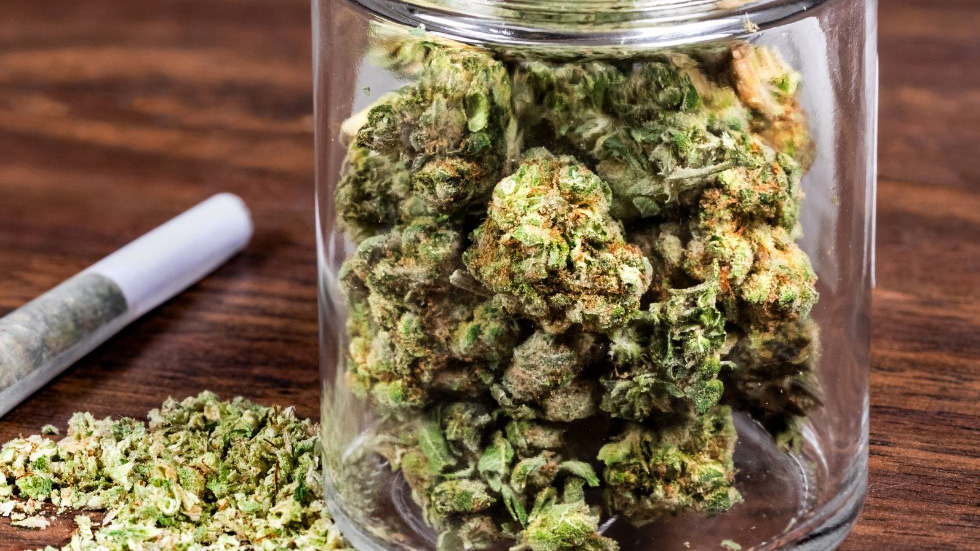The understanding that Indica strains are sedative and Sativa strains are uplifting is a pervasive one. At some point, most of us were given this piece of information and tucked it away in our minds, never questioning the validity.
And why would we? It seems relatively straightforward, backed by personal experiences of friends, colleagues, or anyone else with which we strike up a chat.
Even more compelling, breeders and scientists have mapped the chemical compounds of each plant and found that Indica strains, on average, have higher levels of THC in comparison to CBD. Sativa strains typically pronounce oppositely.
Here’s the catch: the variability of effects produced by these plants can be, at times, unpredictable. Does it have to do with the user’s physical characteristics? Or, possibly, their expectations and judgments?
What if there was something else? Something that could aid us in creating radically specific strains promising the exact effect you’re searching for?
A parent homeschooling your kid who just needs to relax? We have a strain for that.
A college student on their way to a concert who wants a euphoric experience? Got you covered.
A couple on their way to a comedy show who wants to laugh endlessly? We’re so on it.
This isn’t that far-fetched.
It’s also where terpenes create some exciting potential.
Terpenes in the Wild
While most of us only know of terpenes in relation to cannabis, they’re actually organic compounds found in an assortment of plants and even insects. Terpenes give off strong odors depending on the ones which are most pronounced (think: the lemon you smell in Super Lemon Haze).
You can probably pick out a few of your favorites:
Limonene
The citrusy smell you find in — you guessed it — lemons or oranges.
Pinene
Another terpene context clues can help you out with. Pinene lends its scent to pine needles, rosemary, and basil.
Linalool
Your aromatherapy buddy lavender gets its scent from this terpene.
Myrcene
If you enjoy the smell of beer while it’s being brewed, you might be partial to myrcene. Myrcene lends its nose to hops, lemongrass, and thyme. You may also recognize it in cannabis flowers.
Beta-caryophyllene
Found typically in vegetables and herbs.
…Can we get back to cannabis now?
Remember those incredibly specific hypothetical scenarios we talked about earlier? Advanced cultivation specialists and breeders are working toward creating those same experiences for cannabis consumers.
An exciting trend in cannabis strain research has emerged. Now cultivators are convinced they can create strains that are engineered to generate a specific effect. There’s even research to back them up. And a majority of it is based on examining how different terpenes interact with the cannabis compounds.
The variable effects of cannabis are well-known. Most of us have had at least one bad experience, and we can find a dozen reasons why it happened. Our biological makeup, intentions, or mindsets can vastly impact our experience every time we consume cannabis.
There is an incredible variety of naturally occurring chemicals compounds in each plant. Because of that, we can only begin to scratch the surface of how they all interact with one another. We should all take solace in the fact, though, that there are brilliant scientists, and now funding, dedicated to decoding the mystery of how these compounds interact with each other to produce the multitude of different effects that consumers are seeking out. Stay tuned, new discoveries are occurring every day!
LOCATION
40 Westfield Industrial Park
Westfield, MA 01085
Get Directions
CONTACT
(413) 752-2269
Job Opportunities
HOURS
Monday - Saturday 9am–9pm
Sunday 10am–8pm

